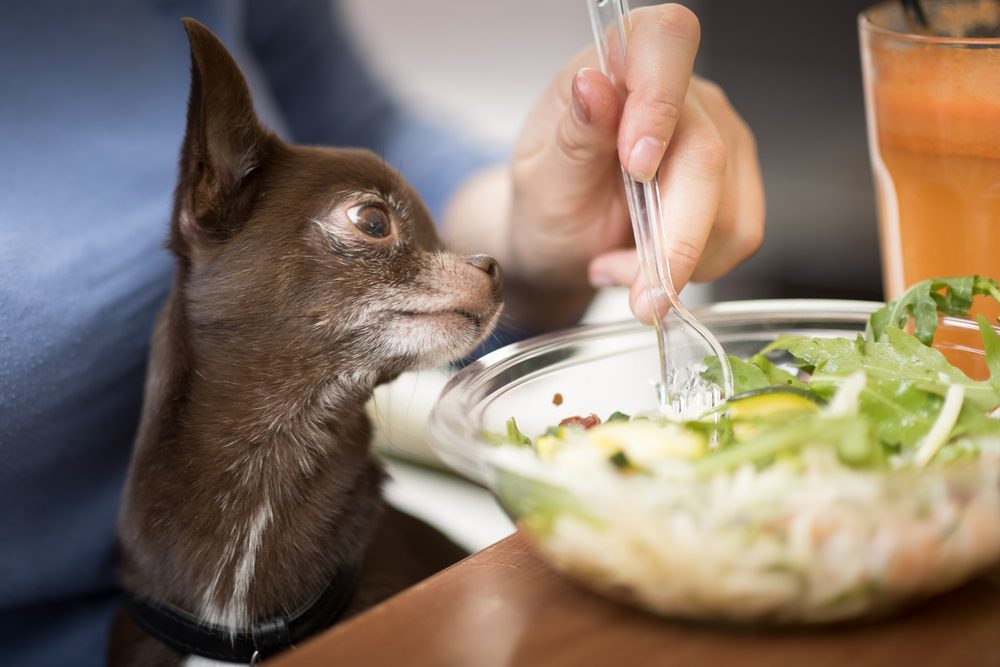Feeding Fresh VS Commercial Dog Food
As most of you already know, I am an advocate for feeding your dog Homemade food using wholesome ingredients. But, not everyone should. You MUST educate yourself first because not all human foods are good for dogs and some can be toxic, even life-threatening for our four-legged furry babies. In this post you will learn what vegetables are good for dogs and some that are toxic!
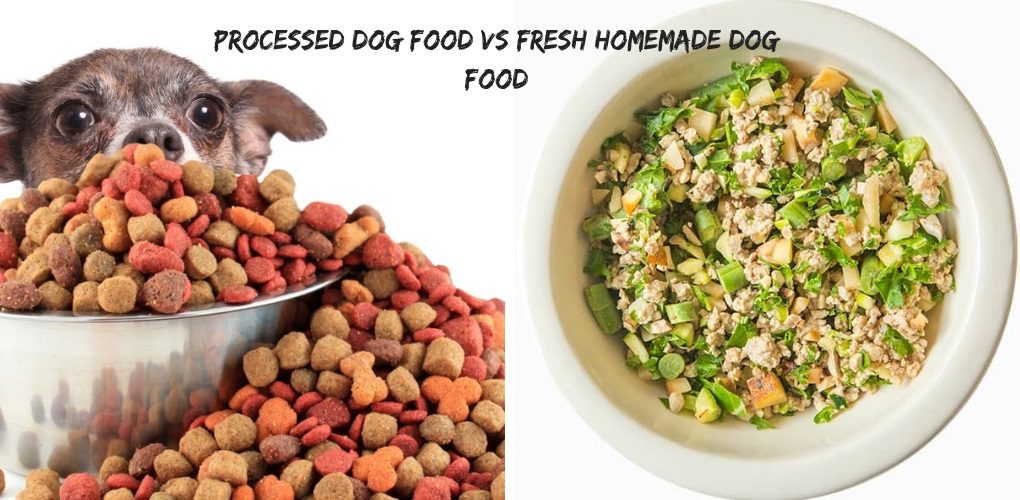
After doing research, I began to realize that commercial dog food is not the best thing to feed your dog if you want them to live a long, healthy life. That’s when knew I wanted to feed my dogs homemade, but I wasn’t sure how to go about it, so I started feeding them NomNomNow (Only through ChiChis And Me try it and get 50% OFF!). It is formulated by a veterinarian nutritionist so I knew I could trust it and it’s delivered to your home for convenience. Since then, I have done tons of research and am now in the process of writing a book on the subject. (GET YOURS TODAY).
Creating Your Own Recipes
I now create my own recipes and mix and match them for variety. Unlike commercial dog food, dogs can eat a variety of fresh foods without upsetting their digestive tract (as a general rule, not all dogs are alike).
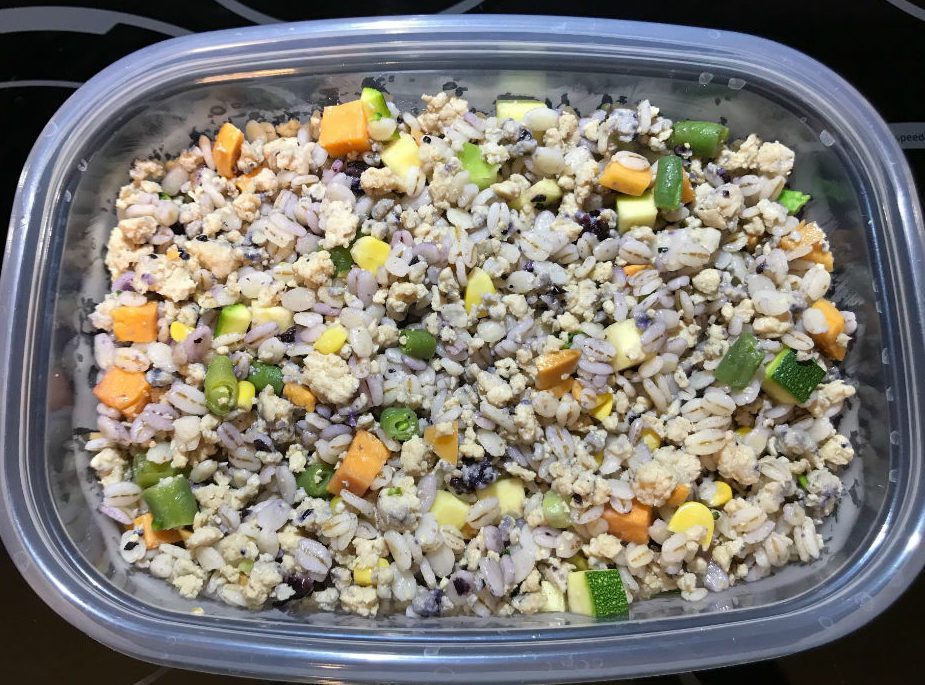
I start with the basics. That is 40-60% Protein, 20-30% Cooked carbohydrates, including vegetables, 20-30% raw fruits and vegetables, and finally, 5-10% fats/oils. Then I choose what of each I will use in the recipe (sometimes depending on what is on sale at the time). Since this post is about vegetables, here is a brief list of vegetables that you can feed your dog and some that you should never give to your dog.
Stalk Vegetables
Stalk vegetables, such as celery and asparagus are safe and nutritious for your dog to eat, however, it is best to cut them up into small pieces and serve them steamed. Your dog may find these vegetables difficult to chew otherwise and long stringy stalks could irritate the stomach lining and cause a slight tummy ache.
Squash
All varieties of squash are safe and healthy for dogs. Pumpkin and butternut even help with bouts of diarrhea and most dogs love the taste. Steam all the excess summer squash from your garden and add it to your recipe. Cut this year’s fall pumpkin decorations into bite-size pieces, bake and add to your recipe. Feed them only the meat of the squash and not the seeds or the skin.
Legumes
There has been a lot of talk in the news lately about a recent FDA update that states there are reports of canine dilated cardiopulmonary (DCM) in dogs eating pet foods containing legumes or potatoes. This involves commercial dog food. If you make your own and stick to the 60-40% protein and the 20-30% cooked carbohydrates this is not a concern. Do not use legumes in your recipe if you use meat as the main protein. The reason is, legumes such as kidney beans have a lot of protein and the meat and legumes together would cause an unbalanced amount of protein in their diet.
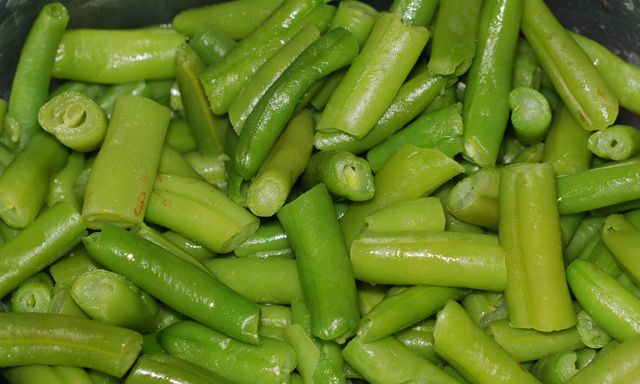
Green beans are one of the vegetables most often fed to dogs. It should be noted that green beans are not actually classified as beans and therefore you do not need to limit them in your meat-based protein recipe.
Bulb Vegetables
Vegetables in this group, onions, garlic, leeks, chives, and shallots are toxic to dogs. The toxic effects can be anywhere from stomach aches to developing anemia that in the long run can cause organs to shut down.
Broccoli, Brussel sprouts, Cauliflower, Corn and cucumber
All of these are safe for your dog to eat, but keep them in smaller quantities. Never give your dog corn on the cob. When using whole kernel corn, I prefer to put them in a blender and give them a couple of pulses, just to break them up a little.
Tips For Feeding Your Dog Vegetables:
- I use bags of frozen vegetables. They are often on sale and we stock up. You can make your own blend and put them in a zip lock bag and keep them frozen until ready to use.
- Raw vegetables make a great healthy treat. So are some raw fruits. Blueberries and strawberries (without the stem) make the best treats and your dog will love them! Let them gnaw on a carrot to help scrap tarter off their teeth.
- In the summer, add vegetables to sodium-free chicken broth and pour it into an ice tray. Once they are frozen, pop them out as a cold, refreshing, and healthy summer treat.
- If you still feed commercial dog food, chop fine or puree a mix of vegetables and mix them into their meals for added nutrients.
- Add vegetables to your puzzle games. Be sure to watch them and be sure that they are all removed from the puzzle before storing it away.
These are just a few vegetables that dogs can enjoy. Remember to do your research before you feed your dog any “people” food.
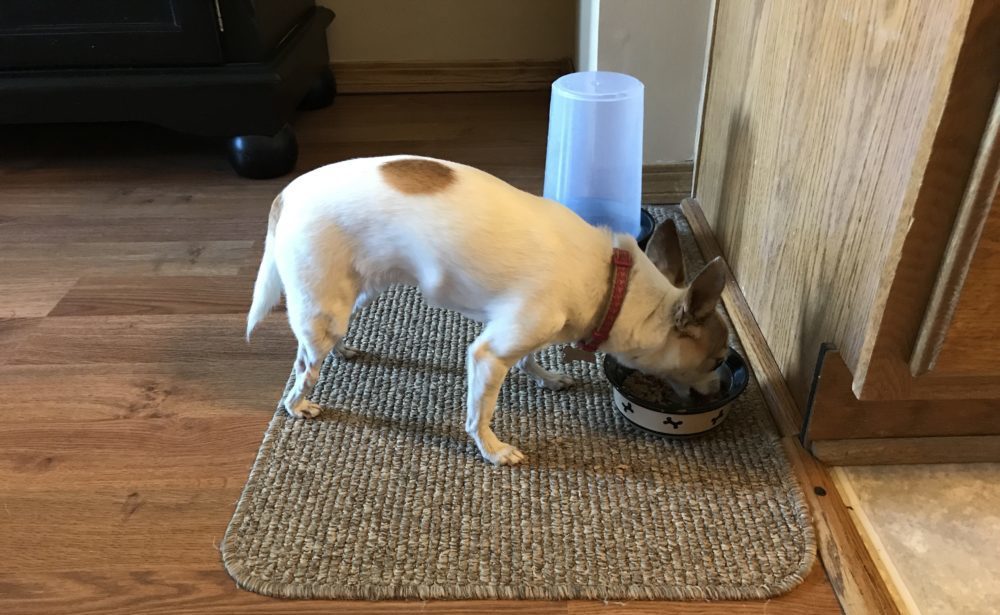
A Note: Do not season your dog’s food. I know it’s tempting to think they will enjoy it more, but dogs love the taste without any seasoning, and seasoning their food can add too much sodium and otherwise cause an imbalance in their diet. Sure, we need to season our food, but they don’t need it.
